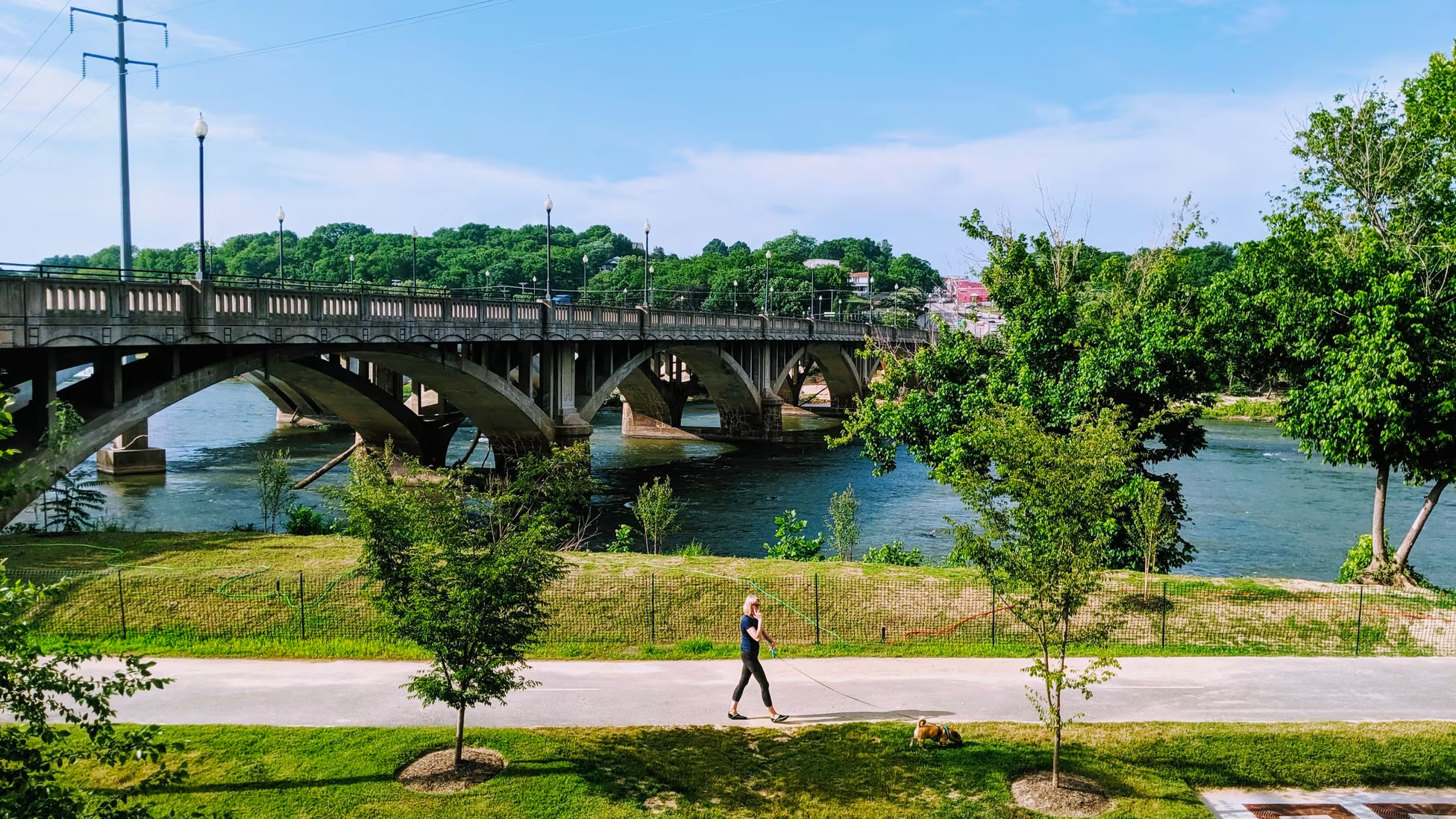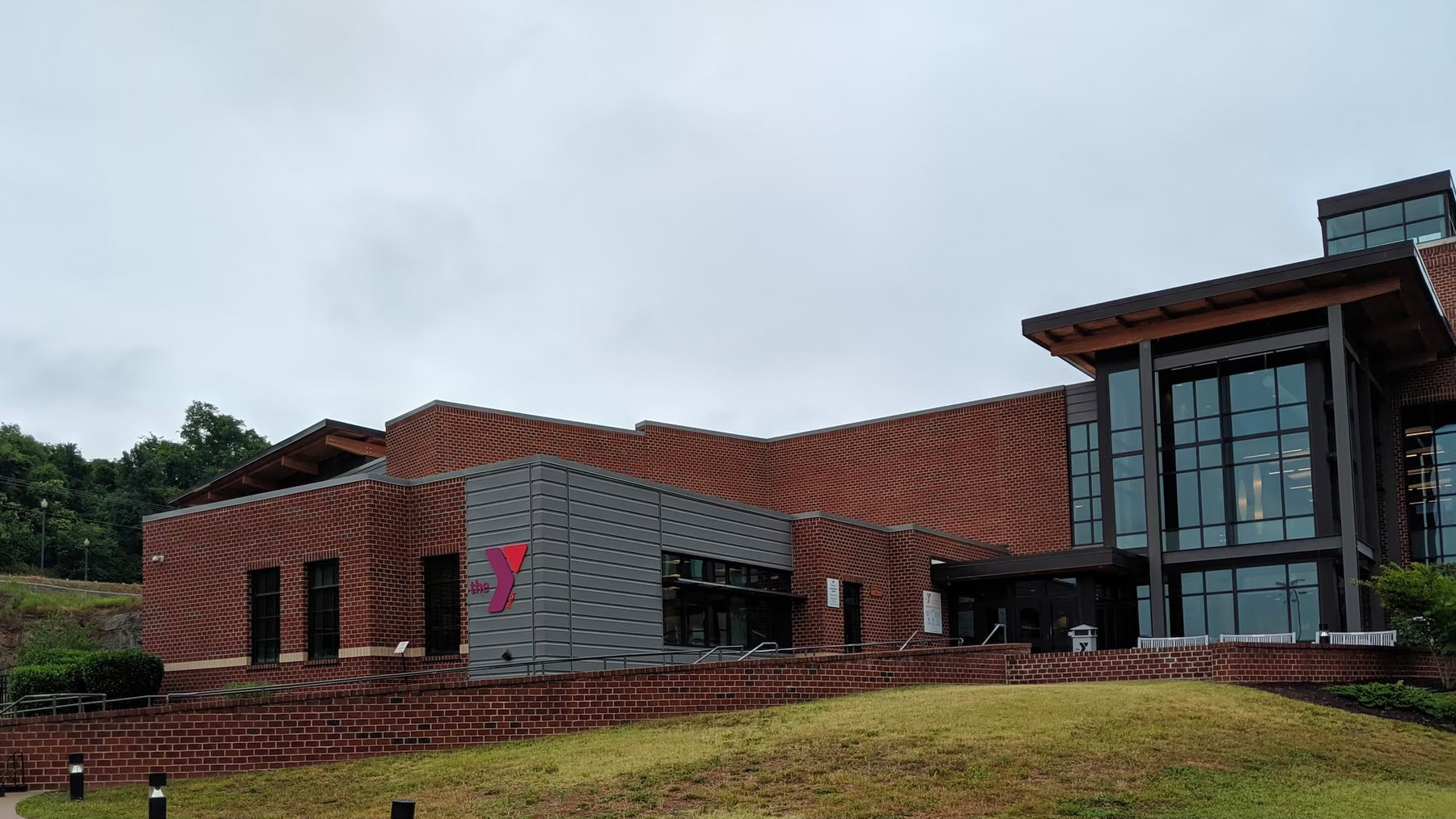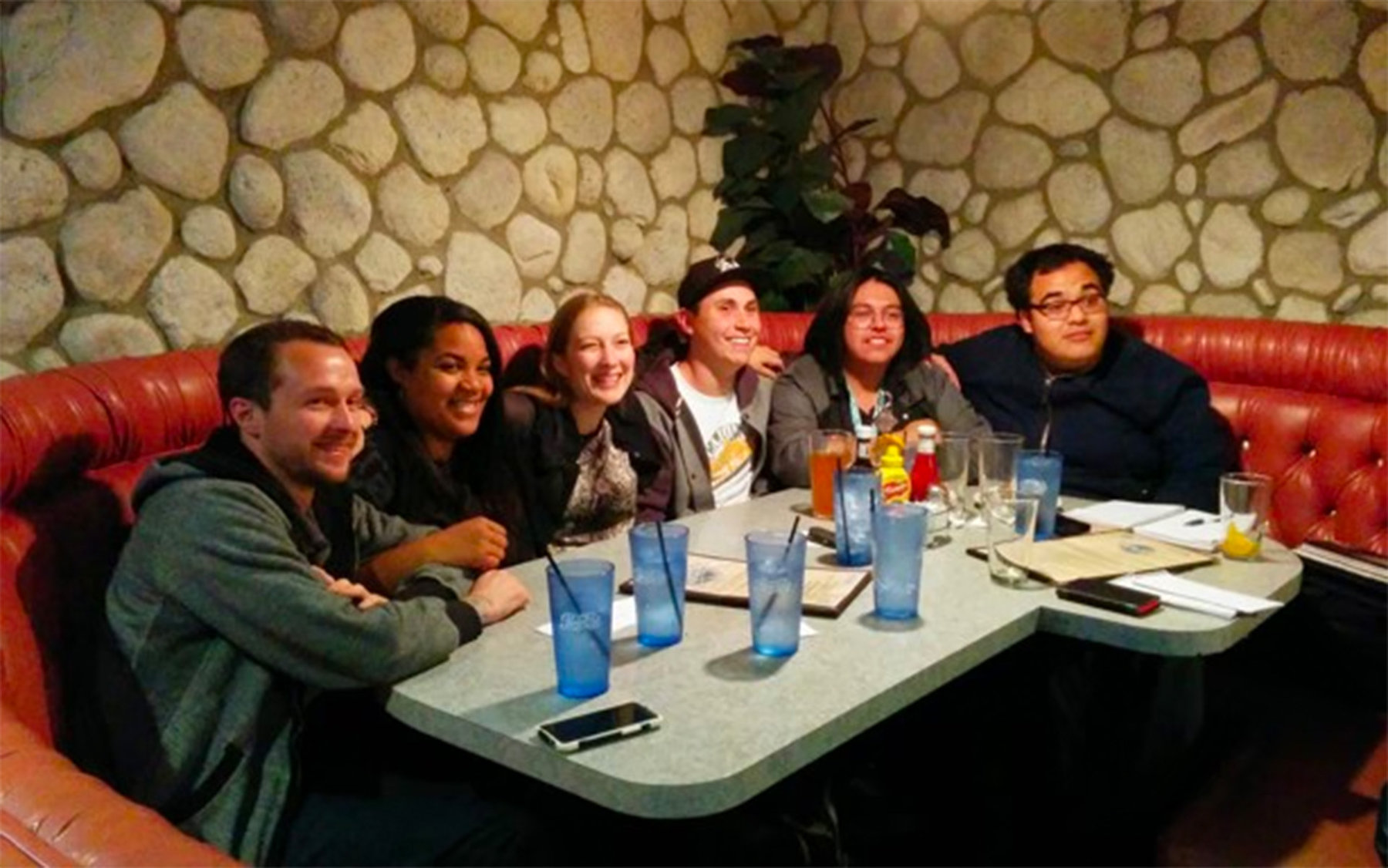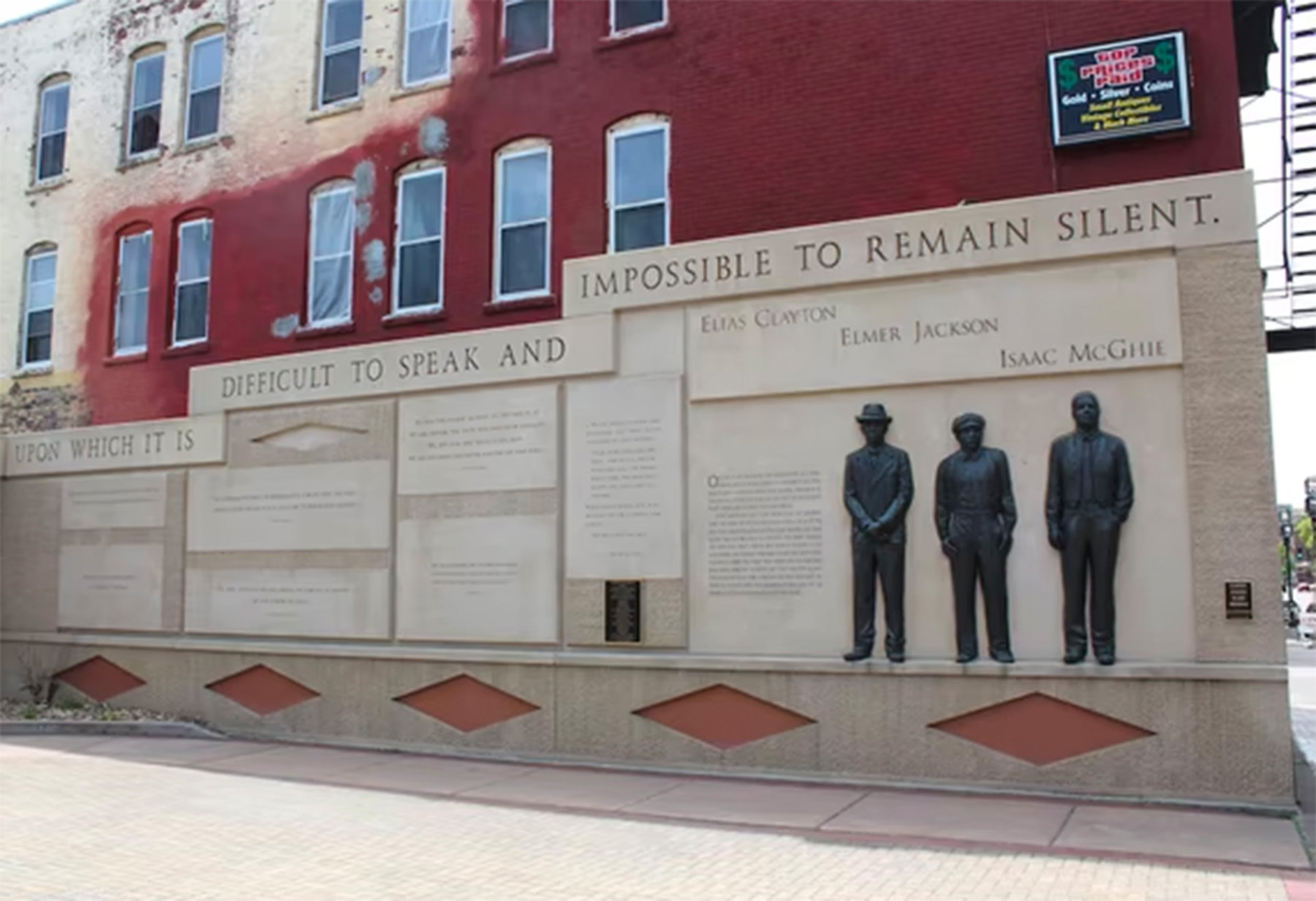Town residents are very good at taking stock of their own community’s natural assets. If you ask people what’s special about their town, they’ll quickly list the walking and biking trails; the parks, lakes, or riverfronts; the wide-open spaces or rolling hills. Sometimes they’ll talk about the natural light, which artists love. Or the fresh mountain air. Or, surprisingly often, the taste of the local drinking water. Man-made assets are equally important: Public libraries, town museums, stadiums, hospitals, schools, Main Street, public art, playgrounds, and favorite eateries.
Organizations have developed different scales that attempt to measure these assets. Real estate companies rate walkability. Environmentalists measure tree cover. Meteorologists index air quality. Chambers of Commerce track new businesses. Education and civic groups, newspapers and magazines rank schools, crime rates, even civic health. When we lived in Shanghai, every day I would pass a digital sign on a busy street near our apartment that announced the ambient decibel level from cars. In our current hometown of Washington DC, the digital sign in front of the Vice-President’s house at the Naval Observatory ticks out the official time. It replaced an earlier read-out of the national debt—probably a good switch.
Residents of towns often, very often, say that their number one asset is “Our People”. It’s hard to put a number on what they mean; presumably not the population count but rather some measure of spirit. Residents in so many places have been adamant that this is a distinctive asset.
During our travels and reporting for Our Towns, I came to appreciate a fuzzier-sounding asset that felt very important but was hard to calculate, pin down, or sometimes even describe. It was a feeling, an attitude, an impression. This was elusive and not easily measurable.
I would call this phenomenon “civic soft power,” and we often saw it expressed in public places and public spaces. Everyone recognizes the soft power of sports diplomacy. (Ping-pong between the US and China back in the 1970s; the international spread of basketball and baseball since then.) Or the cultural soft power of American music and movies . Or the psychic soft power of advertising or propaganda.
In the communities I’m talking about, if you show up in these public places, you’ll often get a feeling for the town, and can sense the nature of its soft power—its particular civic soft power.
In my experience, being in public places can take yourself out of the everydayness. These are the habits, both imposed and chosen, of your personal life— where you shop, how you get the kids around town, well-worn commutes. Time spent in public places gives you a chance to peer into the values or make-up or evolution of your town. To literally rub the shoulders of the town that you don’t normally touch. Here are a few places where I have found this kind of soft power, and what I learned there about these towns.
Public Libraries: Open To All.
Public libraries are no longer the “best kept secret in town,” which was how many librarians used to wistfully describe them to me only ten years ago. These days, just about everyone has gotten the message that libraries are a go-to place not only for books and all kinds of activities, but also of trust, empathy, and responsiveness to the community concerns.
Libraries are a place where people of all backgrounds and situations, from the homeless to the wealthy, can walk through the doors on equal footing, and share the same space and opportunities. Even now, when libraries face vitriol that aims at the bulls-eye of what they do—provide books for people to read—they remain stalwart in their commitment to serve the public.
When libraries can afford it, they offer something else as well: Deliberate design, architecture, use of space, and beyond-books offerings that reflect what is important to the town. This may mean maker spaces, computer terminals, welcoming reading rooms, children’s centers, community spaces, artwork, and more. The decisions libraries make about all these upgrades and changes deliver a soft power message about the collective values a town holds, the history it wants to tell about itself, and the ambitions it wants to help realize for people.

Thanks to a winter weather delay and a weather-app issue in our little plane, we spent some unanticipated time in Demopolis, Alabama just before our pandemic travel hiatus. Such unexpected stops, for a day or several, were results of our one unbreakable rule for small-plane flying: There is never anywhere we have to be. That is how we ended up staying in Demopolis, as we had in Red Oak, Iowa and Hickory, North Carolina before. We wandered downtown and into a bistro, then owned by the former mayor, who suggested we make time to visit the public library. I was all in.
In Demopolois we strolled past boarded up storefronts of lots of buildings along the main street. Their great bones recalled a great past and now held tentative promise. The library was located in the renovated space of a former furniture store and warehouse. Neat, orderly, but ordinary on the outside; extraordinary on the inside. The interior design was stunning, with a mezzanine-level wraparound balcony overlooking the main reading room (seen above). Along the walls were series of oversized historical photos of residents, visitors, and events in the long history of Demopolis, from Woodrow Wilson fundraising for a bridge over the Tombigbee River to Bill and Melinda Gates arriving decades ago with very early computer donations to the library. The staff then pointed us to the children’s area, making sure several times that we wouldn’t miss seeing it.
So many libraries have strong stories connected to their towns: the main library in Birmingham, Alabama holds the ledger of the warden’s admissions to the Birmingham jail, including the arrest on April 12, 1963, entry number 607, Martin L. King.
—The central library in Winston-Salem was designed to be “a hub of Winston-Salem in touch with the people“, a library administrator told me. This means the variety of community spaces from a movie theater to small private rooms for restricted, supervised meetings among children, their parents, and social workers. And a stunning art collection from a local philanthropist. In one visit, you can see and feel how a town chooses to represent itself and serve its public.
—The Columbus Metropolitan Library system in Ohio places digital equity front and center in its expansions for computer availability and tech help for the diverse populations across its city.
—An editorial in the Demopolis Times a few weeks ago, boasting about the restoration of the popular Tech Tuesday program, which had been abandoned during the pandemic, ends with this exhortation to the residents:
“Libraries are a staple in our everyday lives and everyone should take advantage of an institution that was built to foster and improve their community.”
Libraries present what is important to a community, and are part of its civic soft power.
Riverwalks.
After visiting scores of forward-looking towns around the US, Jim Fallows and I now say that it seems that “Every town has a riverwalk, even if it doesn’t have a river.” That may be a path by a lake (Duluth, Minnesota), or a converted rail bed (Yakima, Washington), or a hiking or biking trail into the hills (Bend, Oregon) or a ring surrounding the town (Sioux Falls, South Dakota).

Riverwalks are the place to pick up a vibe of the town. Sometimes the vibe comes from the people who are there walking—or running, or biking, or pausing to look at the scenery and talk. Sometimes you get a vibe from the different spots of the town highlighted along the way. Sometimes, there is a glimpse into the “riverwalk” planning to accommodate the various demographics of a town. Each of those says something about the town.
—When I’m on my bike on the Crescent Trail in our very international hometown of DC, I hear the conversations of people in Japanese, Chinese, Russian, French, German, Spanish, Ukrainian, Arabic, and lots more languages that I can’t quite identify.
—In Greenville South Carolina, the Swamp Rabbit Trail has been carefully designed to serve all kinds of people of the town. There are spongier lanes for elderly walkers; a harder scape for people with strollers; a bike lane for speeders; dog parks for, well, dogs and their owners; scenic carve outs for wedding and quinceanera photo opps.
—In Sioux Falls, the life of the town plays out along the trail. If you ride the 20-mile ring that circles the town, you will pass the small airport, a stretch along the river where fisherman cast, playing fields full of soccer teams from the many immigrant and refugee communities who live there, the slaughterhouse where many immigrants work, and the falls (Sioux Falls!). You can also exit the trail to slip into town for a beer.
The soft power of what you notice on “riverwalks” can bring out what a town values or acknowledges, whether it’s people, activities, nature’s gifts, good health, or pets.
Public Art of the Town.
During a visit to Greenville, South Carolina, I was talking with an artist about the prominence of the public arts culture of the town, from the downtown sculpture walk to the presence of its governor’s school dedicated to arts and humanities. He said that he thought the meaning of it all for both residents and visitors, the meta message that people take away from public arts, is that “it lets people know that there’s a town in South Carolina that cares for the human spirit.”
Public art doesn’t happen by accident. It may come from striving to understand the past, aspiring to what the town would like to become, or celebrating the moment right here, right now.

Around the time of Oklahoma’s infamous Tulsa Race Massacre in 1921, a public lynching occurred in the northern town of Duluth, Minnesota. Three Black men working with a circus that came to town, were (wrongly) accused of assaulting a young white woman. They were quickly dragged from the city jail and hanged from a lamppost. After nearly a century, Duluth residents brought that dark memory into the open to address and start to reconcile. The result is the image in the picture above, a memorial to the three men. The public place is in the middle of town, where people would see it, and have a chance to read, sit, reflect, and talk.
In Sioux Falls, there is a new installation spanning the Big Sioux River, called the Arc of Dreams. Two arcs don’t quite touch in the middle, pointing to the hope for how the town can come together. In Bend, Oregon, sculptures by local artists installed in the center spaces of dozens of new roundabouts capture impressions of the High Desert and Northwest.
In a section of Pittsburgh called the Mexican War Streets, with streets named for battles in that war, there is a small set of row houses called the City of Asylum. The houses are a refuge for exiled writers and artists of many sorts, from China or Venezuela, or Iran, who are granted a temporary place to live, start life over, and continue to practice their art, which got them into trouble in the first place

This photo represents the public art of language. Huang Xiang is from China, a poet and performer whose public art started with painting his “House Poem”. The power of Huang Xiang’s poetry spread quietly at first, with nearby neighbors slipping small poems through his mail slot in this House Poem where he lived, in a kind of act of solidarity and appreciation. The City of Asylum has grown over more than a decade from a small, dusty street to a city-wide gathering place that has reshaped the culture, offering residents a chance to learn about the souls who have ended up in their city, welcomed by their people.
Libraries, riverwalks, and art offer expressions in public places and spaces that speak specifically but in elusive ways, to the values and spirits of a town. That is the civic soft power they wield.




